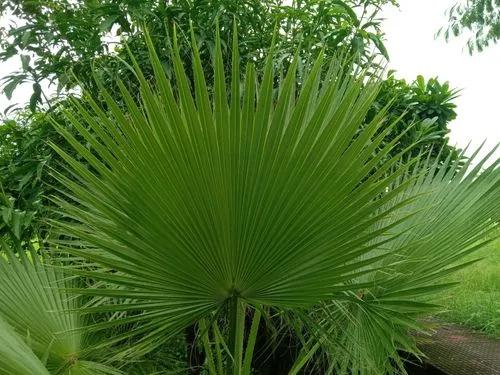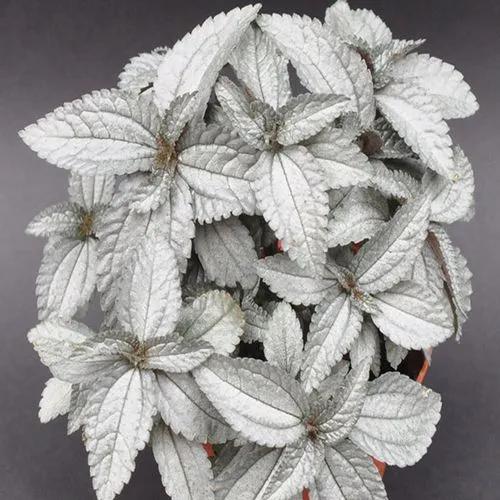The Italian maple can develop the appearance a small tree up to 7 m high, although most of the time it forms a dense, branching bush. The young twigs are hairy. The leaves are deciduous, opposite on the twigs, palmate, and up to 13 cm long with 5 shallow, rounded lobes. They are rather leathery, shiny on the upper side and more opaque on the underside; they do not secrete latex when cut. The greenish, inconspicuous flowers sprout in groups between March and April. The fruits, known as samaras, or keys, form in facing pairs where the wings forms an angle of 90° or less. Flora Iberica differentiates two general types: Acer opalus Mill. subsp. granatense (Boiss.) Font Quer & Rothm. Usually the leaf blade is 2.5-8 cm long, with lobes deeper than half the blade, and a fairly hairy underside. Acer opalus Mill. subsp. opalus. Usually the leaf blade is 3-13 cm long, with lobes shallow than half the blade. The underside of adult leaves is hairless or only hairy on the principal veins.
Italian Maple Care
Acer Opalus
Other names: +



This species can form small pure woodlands or be mixed with other trees. It prefers limestone soils, appearing both on stony substrates, in hedgerows and cool shady areas in humid forests, and on well-developed soil. It withstands the cold as well as the Montpellier maple (Acer monspessulanum L.) does, but not dry conditions. We can find it at altitudes of 200-300 m to 2100 m.This maple lives in southern Europe, Asia Minor, Persia and northern Africa. On the Iberian Peninsula the subspecies opalus grows naturally throughout the northeastern provinces, and the subspecies granatense is found in the south and Majorca.
How to Care for the Plant

Popularity

131 people already have this plant 34 people have added this plant to their wishlists
Discover more plants with the list below
Popular articles






